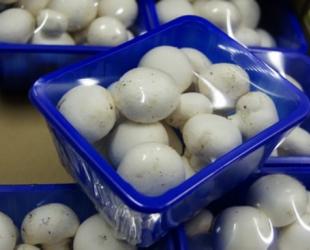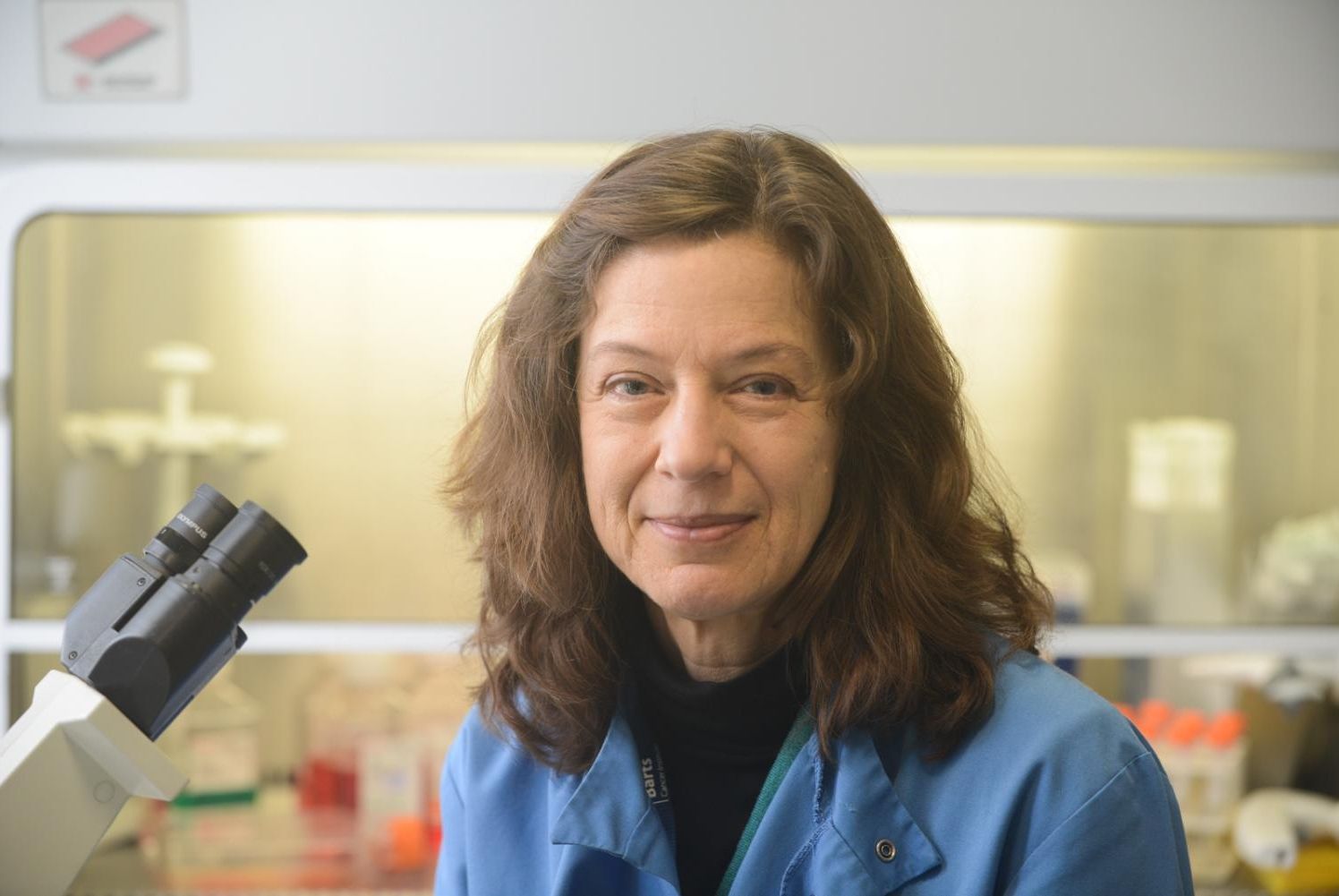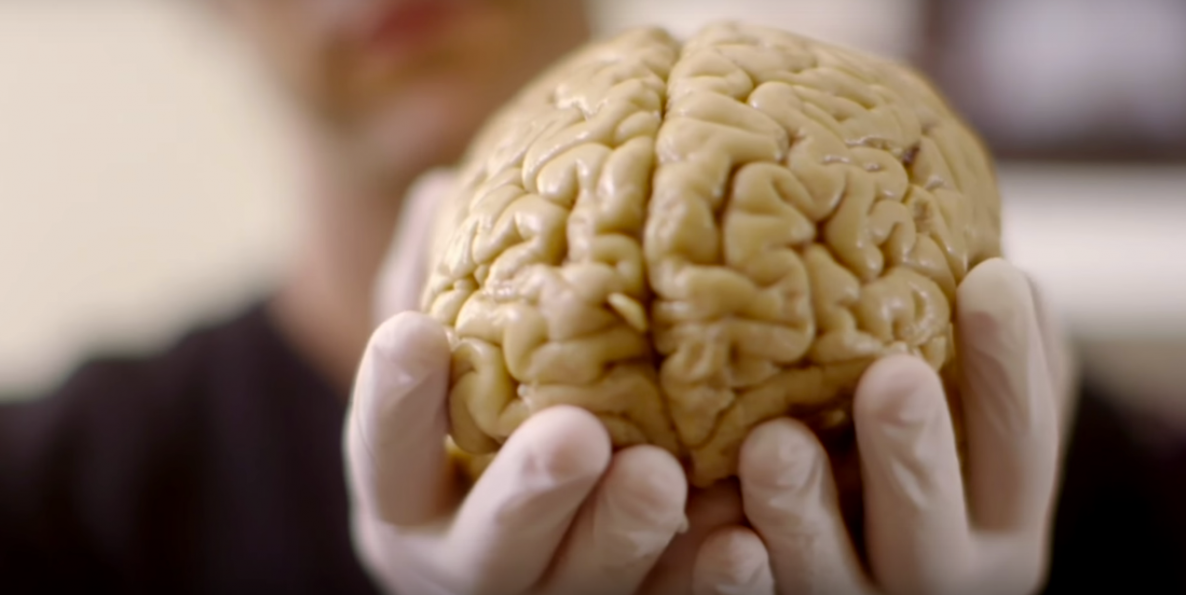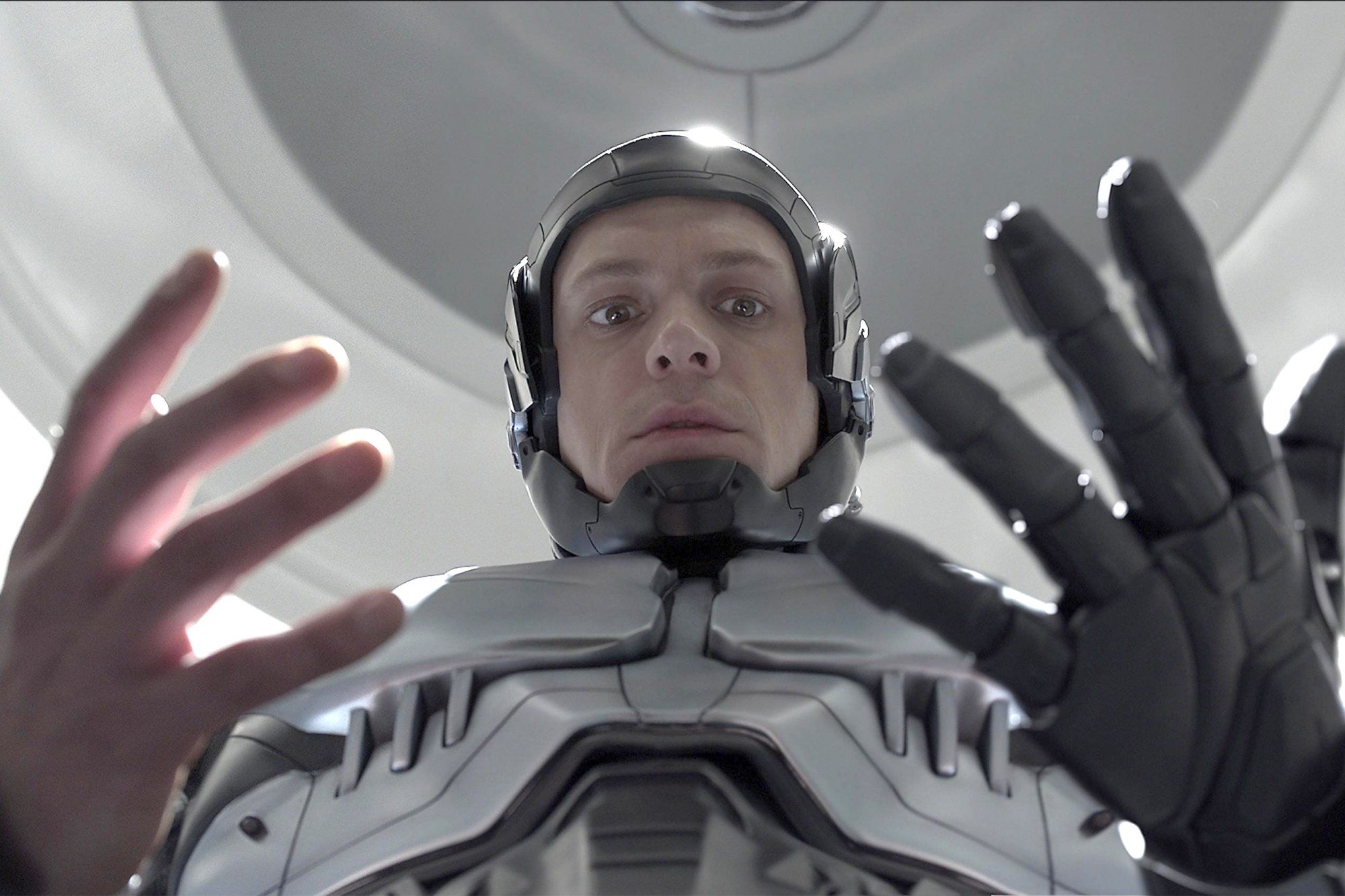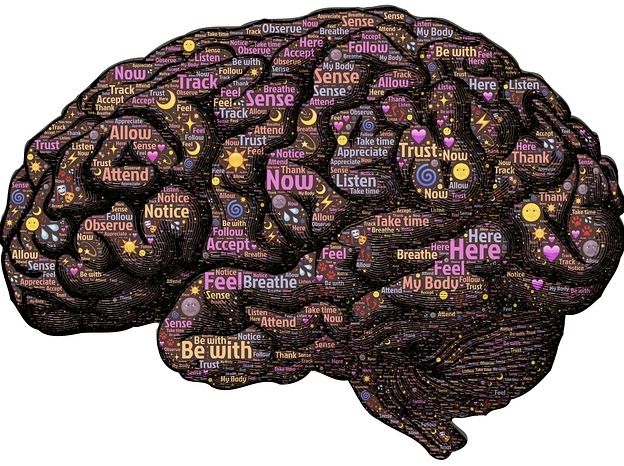Page 11264
Apr 16, 2016
Penn Researcher uses CRISPR/Cas9 to snip out tiny piece of DNA from gene in white button mushroom
Posted by Karen Hurst in categories: bioengineering, biotech/medical, food
CRISPR to improve shelf life of vegetables and fruits. I magine what this would mean for populations in remote locations with horrible climates or in disaster zones that need fresh foods.
Yinong Yang, a Penn State University researcher, has used a famous gene editing tool known as CRISPR/Cas9 for cutting out a small piece of DNA from one specific gene in a white button mushroom. With this, Yang was able to stop the gene, which in turn cuts the production of an enzyme known as polyphenol oxidase in mushroom. With this gene editing of white mushrooms, the mushroom doesn’t get spoiled as natural mushrooms.
You might have heard something like this earlier as scientists have also developed non-browning versions of apples and potatoes. However, those crops were called GMOs as scientists had put in new, slightly altered genes within those plants to ‘silence’ the natural gene.
Apr 16, 2016
Chinese inventor claims AI humanoid is the most realistic ever made
Posted by Karen Hurst in category: robotics/AI
Hmmm; I want to see a real humanoid truly interact and move seamlessly like folks rushing to catch the tram, or BART/ Marta and hustle in rushing to meetings and multi-tasking in a high pressure office or trading floor. Until we see this level of fluid responsiveness; humanoid is only a pale imitation at best.
You might to do a double take when you see this new interactive robot, as it ‘looks very much like a real woman’.
Dubbed ‘robot goddess’, Jia Jia has the long flowing locks and rosy red cheeks as a human, but is being taught deep learning abilities.
Continue reading “Chinese inventor claims AI humanoid is the most realistic ever made” »
Apr 16, 2016
Tweaking Genes to Save Species
Posted by Karen Hurst in categories: bioengineering, biotech/medical, existential risks, genetics
Another gene editing triumph.
Genetic engineering may emerge as an important tool to avert extinctions. But ecosystems are complex, and this tinkering might not unfold as planned.
Apr 16, 2016
New hope for thousands as gene manipulation RESTORES eyesight to the blind
Posted by Karen Hurst in categories: bioengineering, quantum physics
I was asked recently if I had money given to me to invest in anything that would result in the betterment of people what would that be. I quickly shared “Gene Editing” such as CRISPR and Quantum. These 2 areas is changing our lives over the next 7 to 10 years in ways that we have only dreamed about. I love this article.
TENS of thousands of blind people could have their sight restored after scientists discovered how to manipulate genes at the back of the eyes.
Apr 16, 2016
New implantable device may help shrink pancreatic tumours
Posted by Karen Hurst in category: biotech/medical
The researchers took T cells from the tumour, removed PD-1, multiplied the T cells and put them back into the mice and found that the tumours shrank.
They then inserted the enzyme and found that these T cells were able to keep up the fight at the tumour site.
The team is preparing for clinical trials and has started a company, PanTher Therapeutics, to develop the implant for patient use.
Continue reading “New implantable device may help shrink pancreatic tumours” »
Apr 16, 2016
Memory Suppressor Gene Identified
Posted by Karen Hurst in categories: biotech/medical, neuroscience
Nice
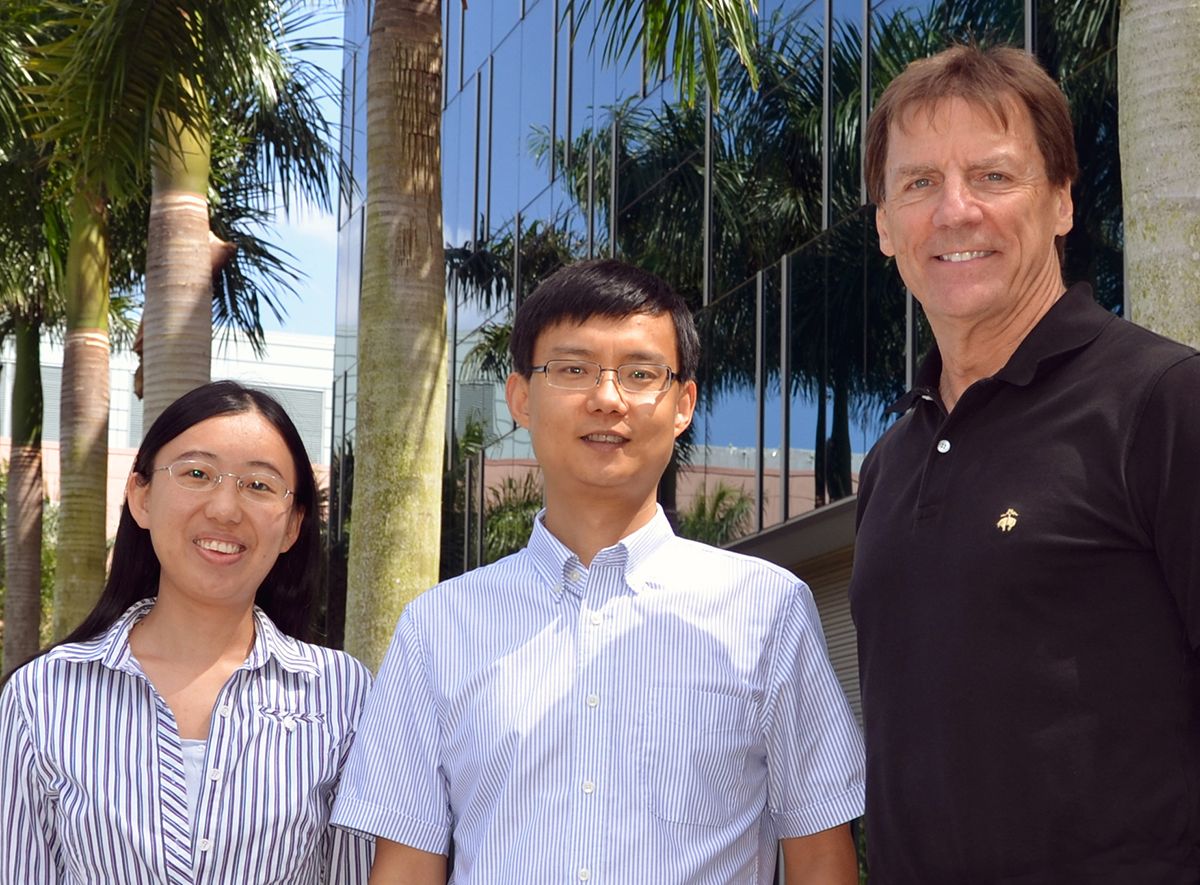 Researchers from The Scripps Research Institute (TSRI) identified a gene that suppresses memory in the brain cells of fruit flies, and the findings could provide targets for potential new treatments for neurodegenerative diseases like Alzheimer’s.
Researchers from The Scripps Research Institute (TSRI) identified a gene that suppresses memory in the brain cells of fruit flies, and the findings could provide targets for potential new treatments for neurodegenerative diseases like Alzheimer’s.
The team, led by Ron Davis, chair of TSRI’s Department of Neuroscience scanned about 3,500 Drosophila genes, and found multiple dozen memory suppressor genes that help the brain prioritize information and keep certain important memories.
Apr 16, 2016
We have entered the age of the computer chip brain implant
Posted by Karen Hurst in categories: computing, neuroscience
Yes; we have. BMIs are here; and only going to advance from here.
It’s a huge breathrough.
Apr 16, 2016
Cyborgs Aren’t Just For Sci-Fi Anymore
Posted by Karen Hurst in categories: biotech/medical, computing, cyborgs, engineering, neuroscience, transhumanism, wearables
Nthing new; nice to see more folks waking up.
We’re moving beyond just prosthetics and wearable tech. Soon, we’ll all by cyborgs in one way or another.
From The Six Million Dollar Man to Inspector Gadget to Robocop, humans with bionic body parts have become commonplace in fiction. In the real world, we use technology to restore functionality to missing or defective body parts; in science fiction, such technology gives characters superhuman abilities. The future of cyborgs may hinge on that distinction.
Apr 16, 2016
Human Intuition Defeats Artificial Intelligence in Quantum Computing Game
Posted by Karen Hurst in categories: computing, quantum physics, robotics/AI
Quantum computing game creators find humans more capable than AI in solving complex problems.

